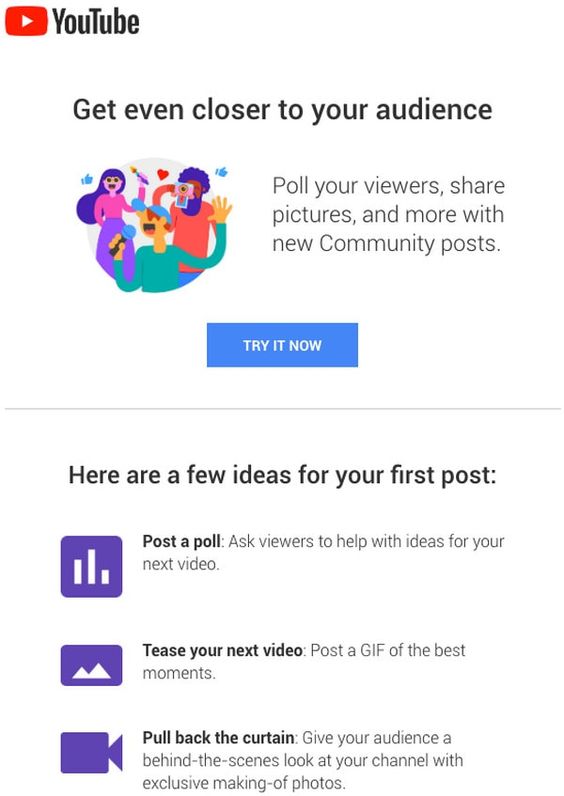While attracting new customers remains important for marketers, retaining them should arguably take priority. A single bad experience can turn a customer off your brand and cause lasting damage to the company’s reputation.
This is why an efficient customer onboarding process is vital for successfully retaining your hard-earned customers.
What is customer onboarding and how can it help retain customers?
Customer onboarding is a vital stage in every customer’s journey. It’s how you show that you value a customer’s time and effort, while also helping them help themselves.
Source: Pinterest
How to develop an efficient onboarding experience depends on the type of products or services you’re offering. It could provide additional information about your brand or entice customers to use more of your services.
A one-point increase in onboarding satisfaction rate on a ten-point scale can lead to a three percent increase in customer revenue.
Improve customer experience with an onboarding process.
Customers like to help themselves. If they can’t find information or don’t know about your value-added services, they could move to a competitor.
The bulk of marketing material we send out tends to focus on attracting new customers. Onboarding is the next phase in the marketing lifecycle and helps to turn one-off buyers into loyal customers.
The elements of a customer onboarding process
In the YouTube example above, the next phase of onboarding starts once a user reaches 1,000 subscribers. This gives them access to the company’s community tools and features. Receiving this email means their channel is growing and they can now become a part of YouTube’s community of content creators.
While every onboarding process varies between companies, the main elements are similar.
These include:
- Tutorials or training videos
- Knowledge bases and online documentation
- Direct correspondence with dynamic emails, texts, or phone calls
- Contextual learning while using an app, website, or online service
How to develop a successful customer onboarding process
To build a successful customer onboarding process, you should understand your customer’s journey. This starts with tracking the data between your email campaigns and customer interactions. You can then design a process that improves their experience and helps to build lasting relationships with them.
The essential steps in an onboarding process include:
- Send a welcome email.
- Create evergreen materials that can be linked to from a welcome series.
- Give examples or case studies of how other customers use your products or services.
- Provide a resource center for next steps when customers want to make the most out of their purchase.
The benefits of a customer onboarding process
Improving your customer onboarding process can increase revenue and help retain customers. It also helps with word-of-mouth marketing for your products or services. The rise of online ecommerce platforms like Etsy is largely due to their ability to show customers how to use their services.
To achieve this, you’ll need to:
- Understand your customer’s needs by talking to them.
- Find the quickest path to solving their problems.
- Use all available channels to keep them informed about service and feature improvements.
- Create unique experiences for customers who remain loyal.
- Use surveys and questionnaires about how you can improve your services or products.
How to measure the success of your customer onboarding process
Customer retention is the best metric available for measuring the success of your customer onboarding process. If most customers only use your services once, it could indicate a flaw in your strategy. Keeping track of how many customers return to your site—or don’t—after their first purchase can show you where you aren’t living up to their expectations.
Does it really matter?
Today’s customers have no shortage of options when using a company’s services. If you aren’t investing time and effort to retain customers, you’ll end up trying to catch up to your competitors. To ensure you can retain existing customers and attract new ones with referrals, you’ll need an effective onboarding process.
What now?
Retaining customers depends on how well you can guide them through your services and products. It’ll likely rely on you understanding where they are in your customer journeys. If you know what they want to know at that stage, you can prompt them with the right information they need to know at that time.
Seeing as you now know how important customer onboarding is to overall retention, check out this guide to help you understand what an effective onboarding experience looks like for the travel and hospitality industry.
